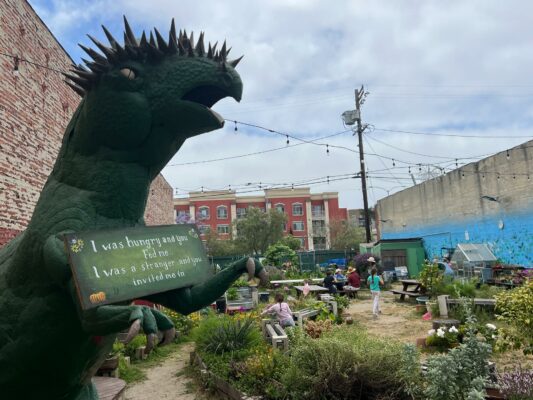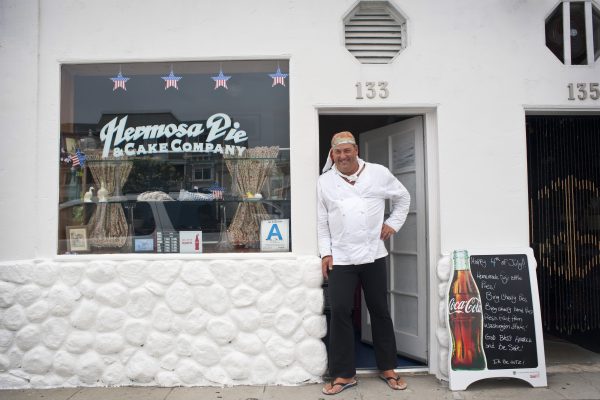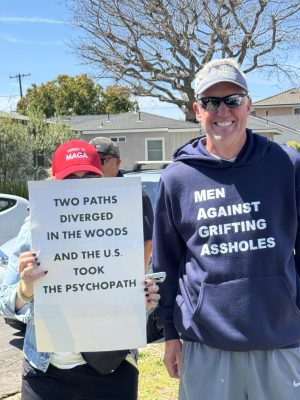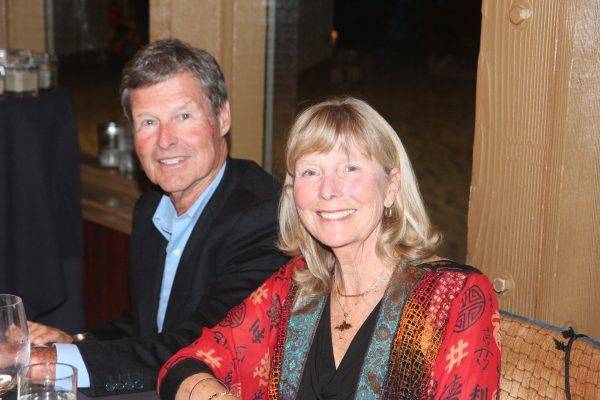
Though the Manhattan Beach Conservancy was founded in 2006 to “to recognize, preserve, and revitalize the historic architectural and cultural resources of Manhattan Beach,” its members don’t want to be stuck in the past.
Prompted by the city’s adoption of a historic preservation ordinance earlier this year which created a commission that will evaluate potential landmarks, the conservancy has undergone several major shifts, including getting a new name, focus, website and officials.
“Since 2006, we were functioning under an ordinance as part of the city as the Manhattan Beach Cultural Heritage Conservancy,” said Jane Guthrie, the new chair. “When they passed the new ordinance, the prior ordinance went away.”
With a new commission taking on the conservancy’s former role, the conservancy has decided to focus more on reaching out to the public in a manner similar to the Santa Monica Conservancy or LA Conservancy, which helped craft Manhattan Beach’s new law.
“Conservancies generally do outreach to the community and educate it on the buildings around it,” said Guthrie.
As such, the organization simplified its name to the Manhattan Beach Conservancy.
Guthrie wants to teach people about the city’s history “so they appreciate what we do have left,” she said. “There’s a lot of interesting stuff left in Manhattan Beach and I think people don’t understand it.”
In addition to a new website, the conservancy will be sending out email newsletters, though they “are committed to making them available on paper,” Guthrie said, for those who don’t use email. They also have Twitter, Facebook and Instagram accounts.
Several important longtime members have stepped down, including Jan Dennis, the former chair, Evelyn Frey and John Scott. Dennis will remain on the board, but wants to focus on a book she’s writing about the history of Sepulveda Boulevard, she said.
“I started the conservancy 10 years ago,” said Dennis. “I said, ‘It’s time to pass it off to someone.’”
Guthrie was an obvious candidate, Dennis said, since she helped get the historical preservation ordinance and the Mills Act, which gives homeowners tax breaks in return for maintaining the historical accuracy of their properties, passed.
“She’s certainly well qualified,” said Dennis.
Guthrie’s house in the Gaslamp District, built in 1929, also has a plaque from the conservancy on it.
There have also been a couple of additions to the board: Architect Jim Fasola and realtor Joseph Ungoco, whom Dennis recruited.
In addition to educating the general public, Guthrie hopes the conservancy will be able to work with the new commission and help property owners apply for landmark status.
“It’s really kind of an exciting time for us,” she said. “We get to point out the fun stuff in town that people aren’t aware of.” ER









